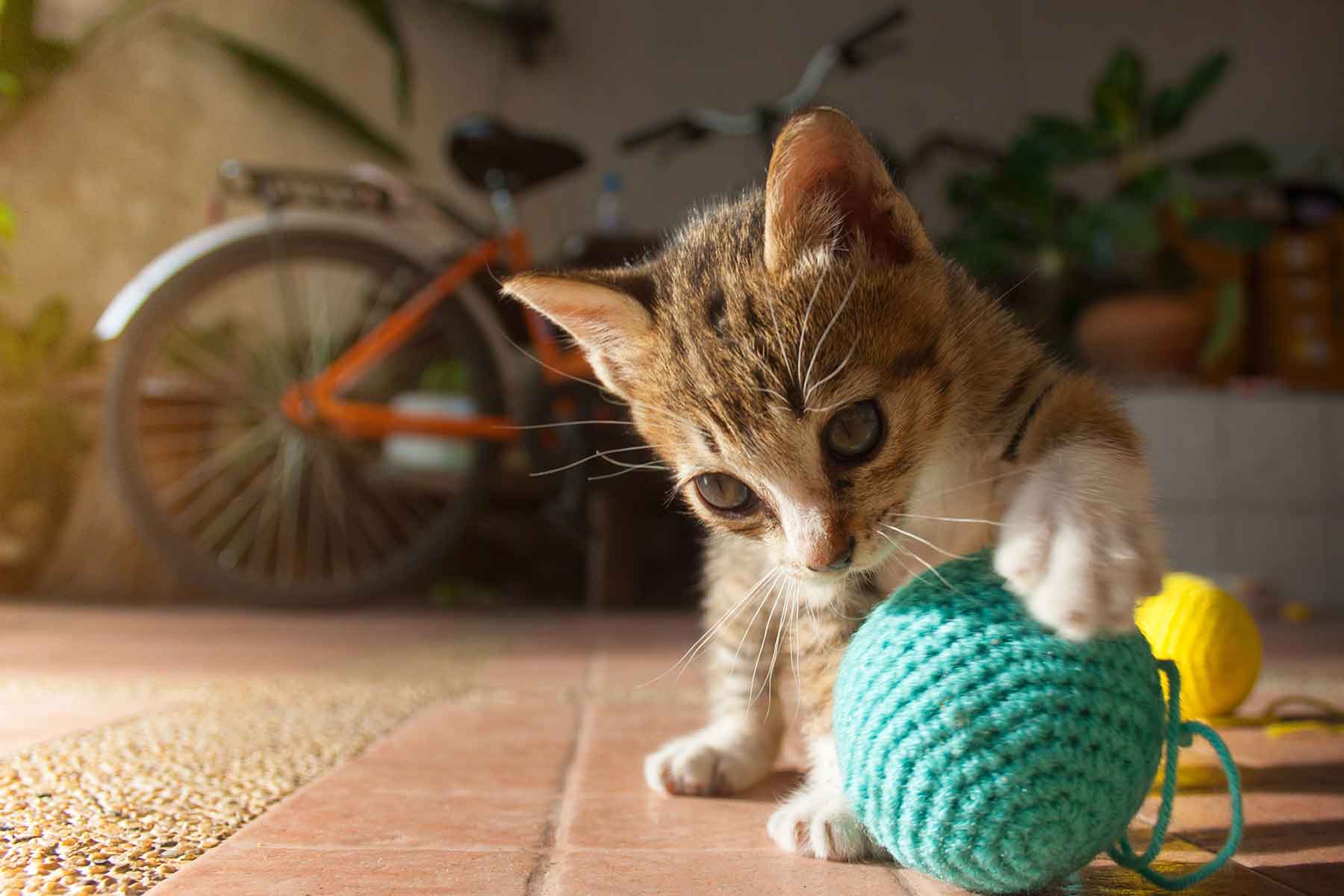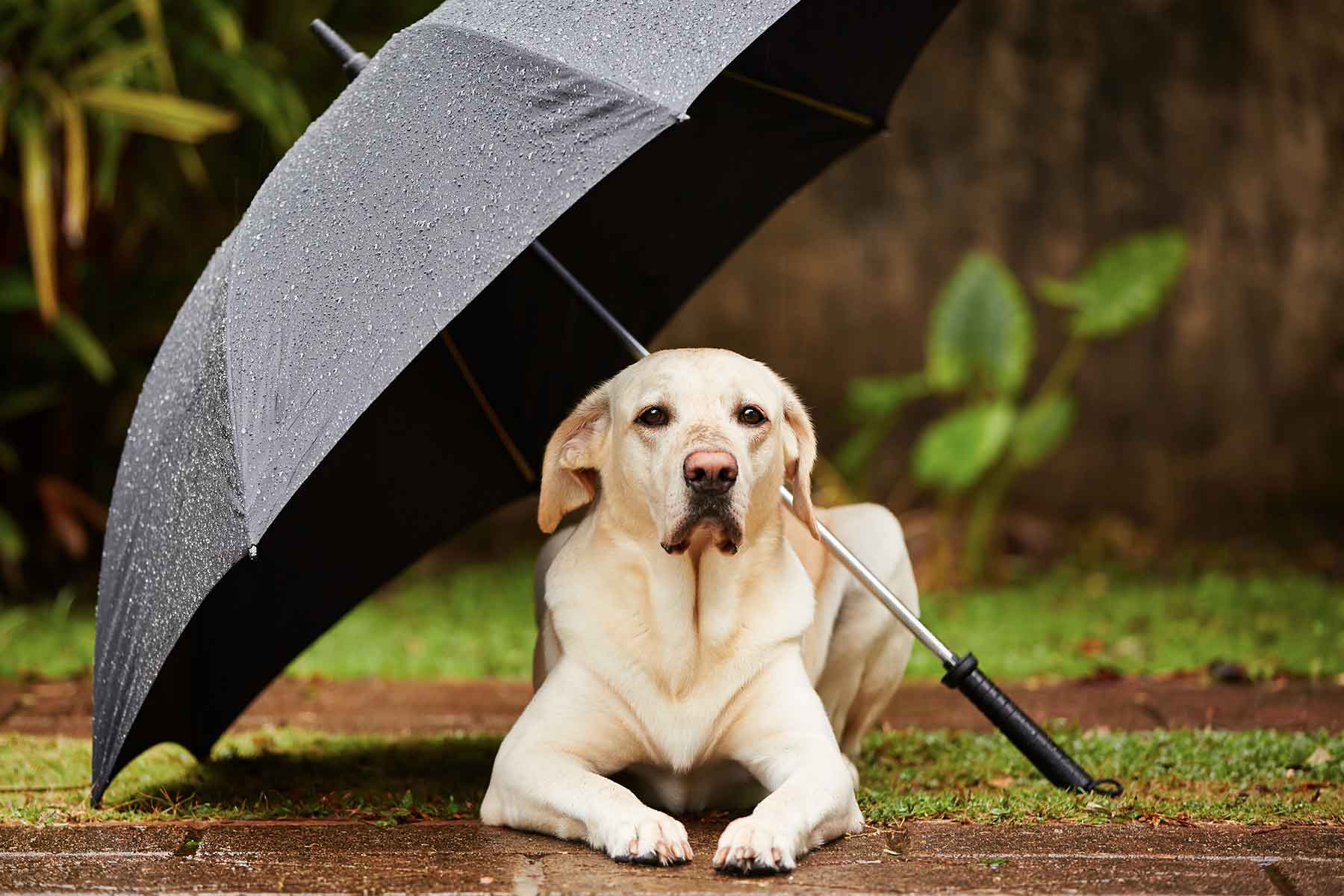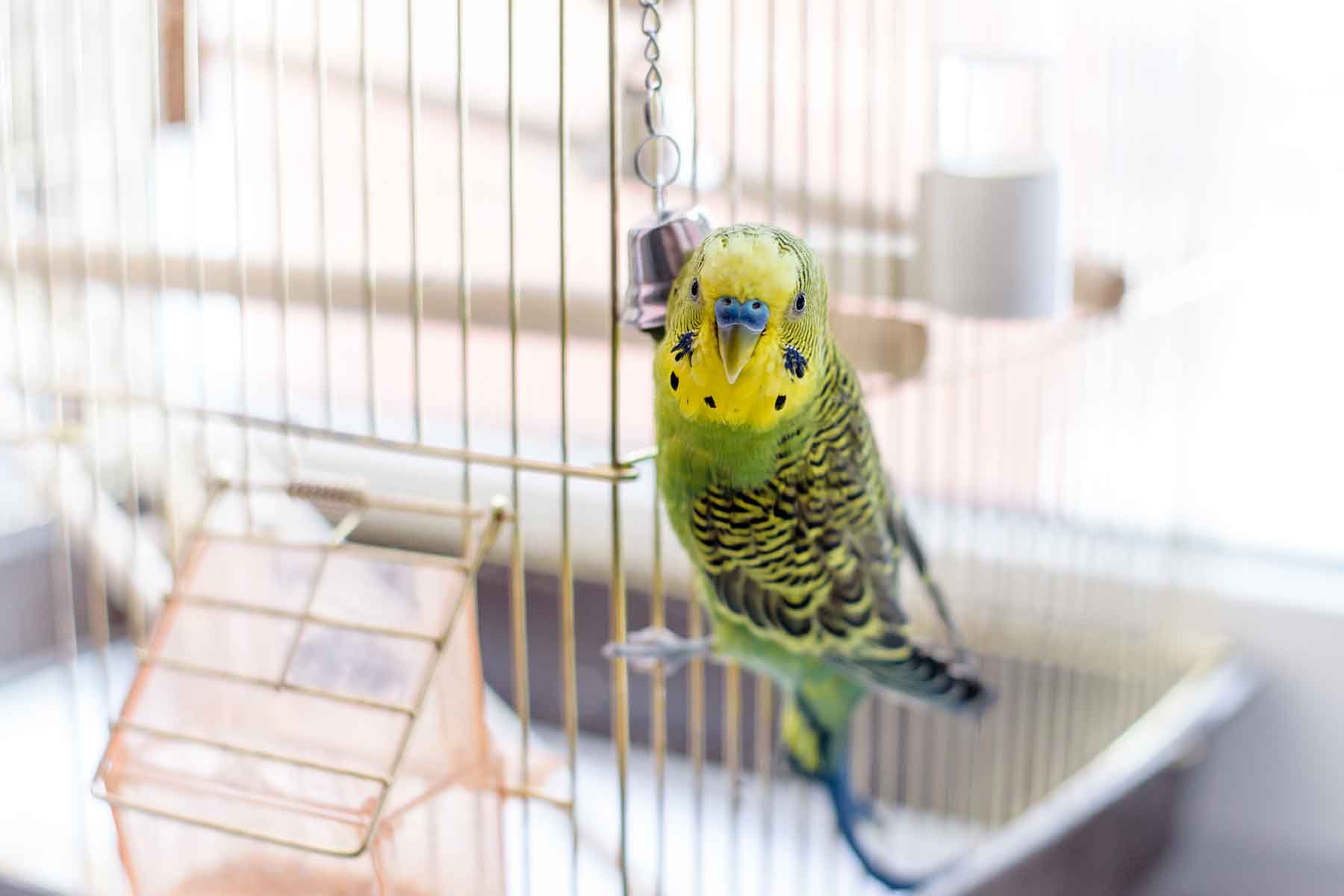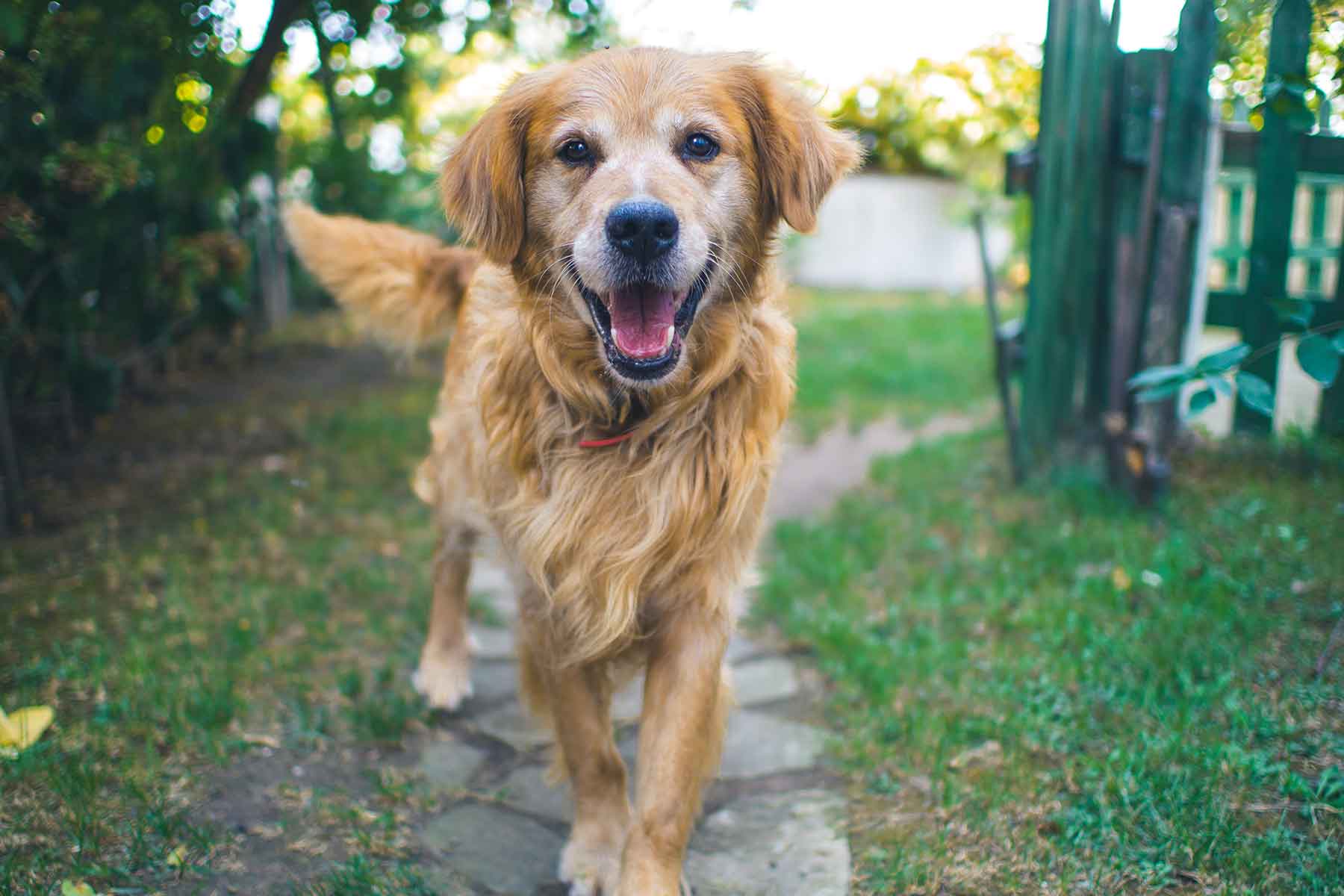This delightful breed took their name from King Charles II, who enjoyed the company of toy spaniels often far more than of his courtiers. Over time selective breeding gave these spaniels an increasingly flattened face. Often confused with the King Charles Spaniel, the Cavalier has the distinguishing feature of a long face. Cavaliers come in a range of colours including Blenheim (chestnut and white), Tri-colour (black, white and tan), black and tan, and ruby (solid red).
Temperament
The largest of the toy breeds, the Cavalier is a lively, intelligent dog, compact enough to fit into the smallest household, yet sturdy enough to withstand children’s games and family activities.
With centuries of domestication the Cavalier King Charles Spaniel takes naturally to living indoors and is truly a delight to have around the home. They make a lovely family pet, being gentle, friendly, affectionate and obedient, with a great love of people. On the other hand, the Cavalier is not a dog to be left alone or housed outside for long periods of time, as they thrive on human interaction.
Lifespan
Approximately 13 years or more.
Grooming and care
Cavaliers need regular grooming to keep their silky coat free of matting and in good condition. Their soft floppy ears should also be checked weekly and cleaned regularly.
Exercise
The Cavalier enjoys exercise, being fairly active, robust and not tiring easily, making regular daily activity a must.
Health concerns:
The Cavalier can be prone to heart valve problems and regular Vet checks are a good idea.
For the latest research in breed-related problems in Cavalier King Charles Spaniels visit the University of Sydney’s LIDA (Listing of Inherited Disorders in Animals) website.











